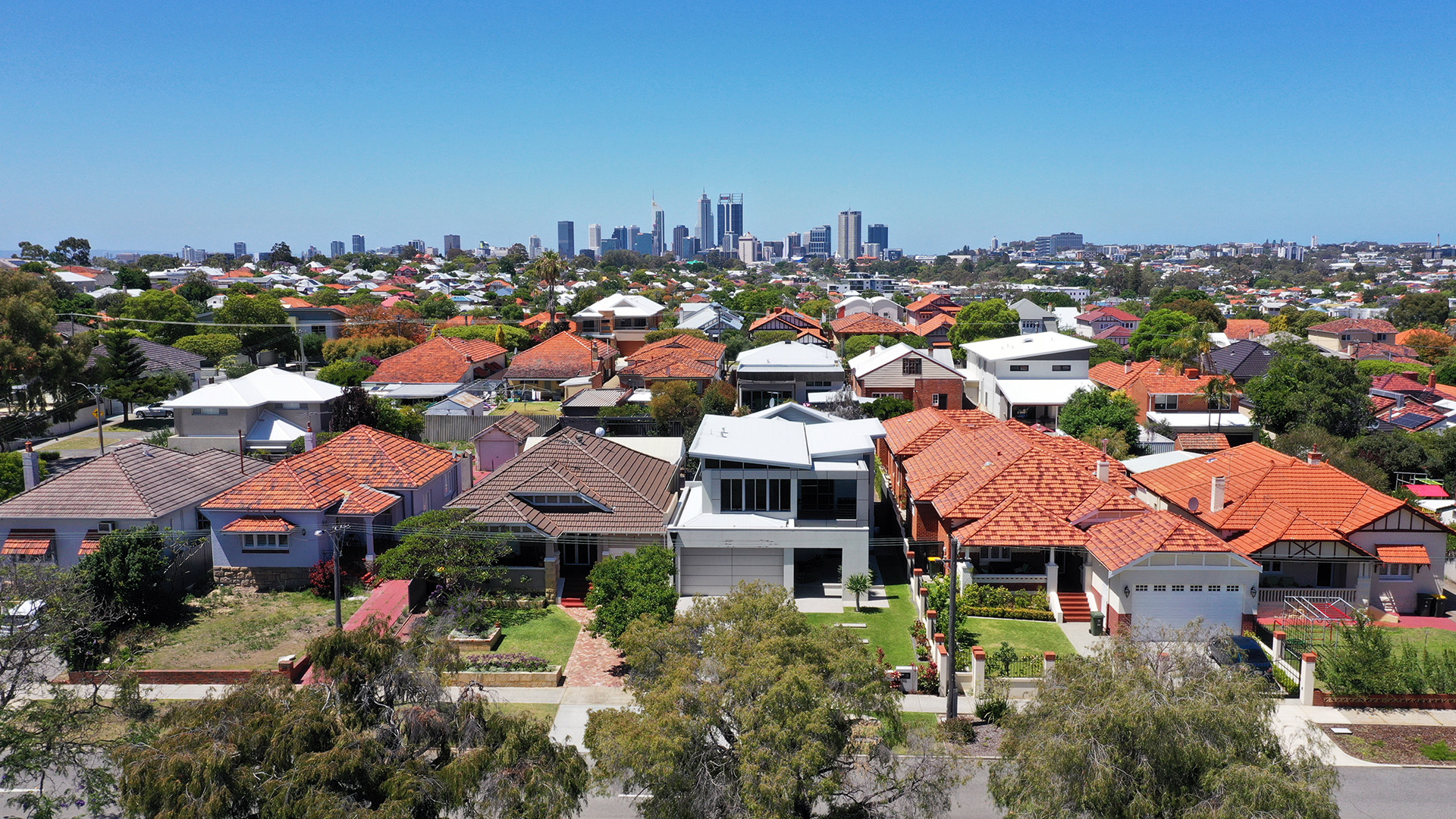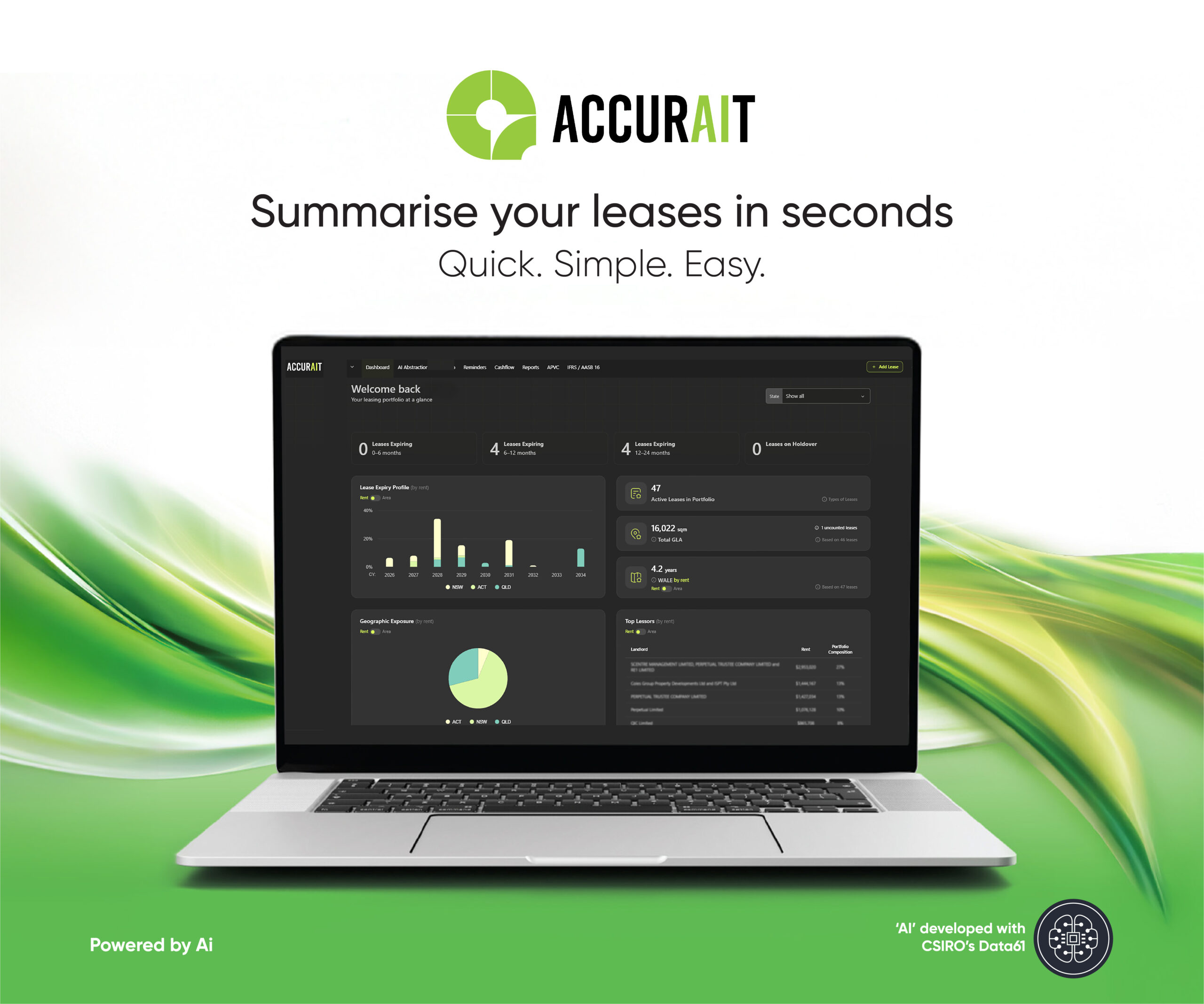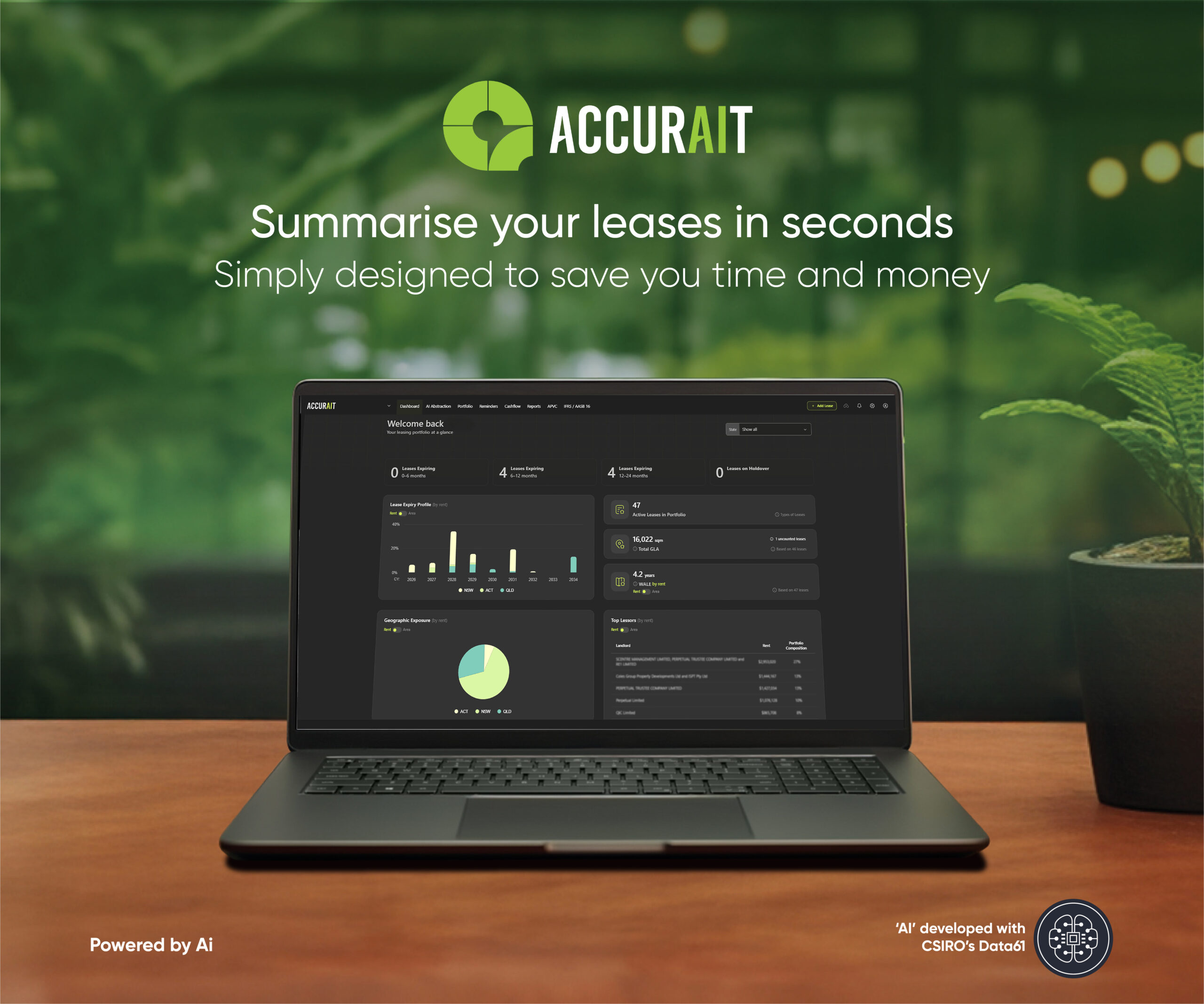
Homeowners across Australia are bracing for another wave of property price growth in 2026, with mid-sized capitals expected to record double-digit increases. According to The Australian, data from SQM Research’s annual Boom and Bust report predicts Perth and Darwin could see price rises of 12–16%, while Brisbane could climb 10–15%, and Adelaide is projected to increase up to 14%.
Drivers Behind the Growth
SQM Research managing director Louis Christopher says Perth’s market is supported by strong commodity prices and continued investment in public services, bolstered by the state’s GST revenue. In Brisbane, interstate migration is creating heightened competition for limited housing stock in both sales and rental markets.
Overall, Australia’s capital cities are expected to rise 6–10% next year under the report’s “base case” scenario, which assumes one or two interest rate cuts in the second half of 2026, a steady economy, and inflation between 2.5–2.7%.
Potential Scenarios and Market Sensitivity
SQM Research highlights that house price growth is sensitive to economic conditions. A scenario of “sticky inflation” or no rate cuts could moderate predicted gains by 2–5%, depending on the city. Conversely, an economic rebound with lower inflation and multiple rate cuts could see Perth rise up to 21%, Brisbane and Adelaide up to 18%, and Sydney and Melbourne around 11%—though this is considered less likely.
Affordability Challenges and Long-Term Outlook
Despite strong growth prospects, homeownership is increasingly out of reach for younger Australians. Property platform Coposit projects median house prices could more than double by 2050 if current trends continue: Sydney’s median home could climb from $1.55 million to $3.88 million, Melbourne from $953,000 to $2.56 million, Perth from $895,000 to $2.4 million, and Brisbane from $1.06 million to $2.84 million.
Coposit CEO Chris Ferris warns this trend is creating a generation of renters, as wages struggle to keep pace with property price growth. The ABS notes the average age of first-home buyers is now 37, and a significant proportion of Australians are moving from capital cities to regional areas in search of affordability.
What This Means for Investors
For investors, the combination of supply constraints, strong economic momentum, and steady population growth makes Perth, Brisbane, and Adelaide particularly compelling markets. Historical trends show these cities have experienced substantial price growth in recent years: PropTrack recorded 7.4% house price growth nationally over the past 12 months, with prices nearly doubling in Brisbane, Adelaide, and Perth over five years.
As SQM Research concludes, while uncertainties remain, the outlook for 2026 points to continued strength in key Australian property markets, offering opportunities for those positioned to navigate the evolving landscape.











